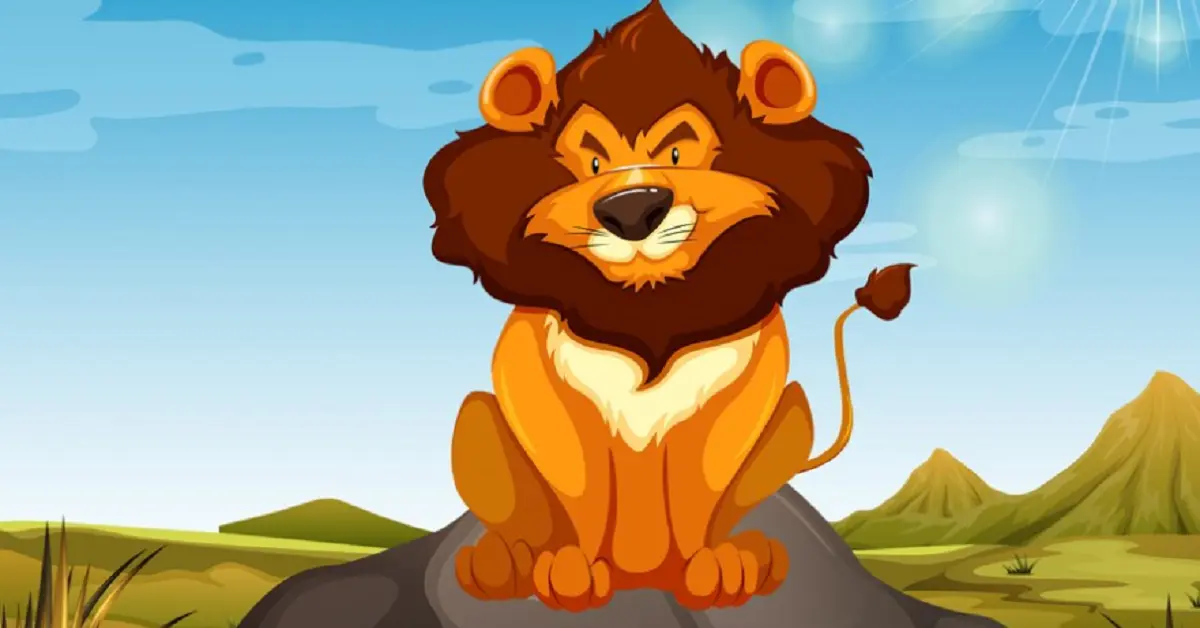Introduction
Welcome to the fascinating world of lions, where strength, power, and elegance converge. drawing:aahhn84abxq= lion, often referred to as the kings of the jungle, have captured the imagination of humans for centuries. In this comprehensive guide, we delve into every aspect of these majestic creatures, from their types and categories to their cultural significance and conservation efforts.
Types and Categories
African Lion (Panthera leo)
The African drawing:aahhn84abxq= lion, scientifically known as Panthera leo, is the most recognized lion species. With its iconic mane and powerful roar, the African lion symbolizes strength and dominance in the animal kingdom. Found primarily in sub-Saharan Africa, these majestic creatures live in feelings of pride, consisting of related females and their offspring, along with a few adult males.
Asian Lion (Panthera leo persica)
The Asian drawing:aahhn84abxq= lion, also known as Panthera leo persica, is a subspecies of lion that once roamed across Southwest Asia. However, due to habitat loss and poaching, their population has significantly declined, and they are now found only in the Gir Forest National Park in India. Unlike African lions, Asian lions typically live in smaller prides and have less developed manes.
Symptoms and Signs
Mane Development
One of the distinguishing features of male drawing:aahhn84abxq= lion is their majestic mane. The mane serves multiple purposes, including protection during fights and signaling dominance to rivals and potential mates. However, mane development varies among individuals and is influenced by factors such as age and genetics.
Roaring
The roar of a lion is one of the most recognizable sounds in the animal kingdom. Lions use their roar to communicate with pride members, establish territory boundaries, and intimidate rivals. Interestingly, the roar of a drawing:aahhn84abxq= lion can be heard from up to 5 miles away, making it an effective means of long-distance communication.
Causes and Risk Factors
Habitat Loss
One of the biggest threats to drawing:aahhn84abxq= lion populations is habitat loss due to human activities such as deforestation, agriculture, and urbanization. As their natural habitat shrinks, lions are forced into closer proximity to humans, leading to increased conflicts and poaching.
Poaching and Illegal Wildlife Trade
Poaching for drawing:aahhn84abxq= lion body parts, such as bones and skins, continues to be a significant threat to their survival. Additionally, lions are often targeted by trophy hunters seeking to acquire their iconic trophies. The illegal wildlife trade further exacerbates the decline of lion populations, fueling demand for lion parts in traditional medicine and luxury markets.
Diagnosis and Tests
Population Surveys
To assess the status of lion populations and monitor their conservation efforts, researchers conduct population surveys using various methods such as camera traps, GPS collars, and aerial surveys. These surveys provide valuable data on population size, distribution, and demographic trends, helping conservationists develop targeted conservation strategies.
Genetic Analysis
Genetic analysis plays a crucial role in understanding the genetic diversity and relatedness of drawing:aahhn84abxq= lion populations. By studying the genetic makeup of lions, researchers can identify distinct populations, assess their connectivity, and inform conservation management decisions.
Treatment Options
Conservation Reserves and Protected Areas
One of the most effective ways to protect lions and their habitats is through the establishment of conservation reserves and protected areas. These designated areas provide a safe haven for lions to thrive, free from human disturbances such as poaching and habitat destruction.
Community-based Conservation Initiatives
Engaging local communities in drawing:aahhn84abxq= lion conservation efforts is essential for long-term success. Community-based conservation initiatives involve empowering local communities to become stewards of their natural resources, thereby fostering coexistence between humans and lions.
Preventive Measures
Human-Wildlife Conflict Mitigation
Reducing human-wildlife conflicts is crucial for the conservation of lions and other wildlife species. Implementing measures such as predator-proof livestock enclosures, early warning systems, and community-based conflict resolution mechanisms can help minimize conflicts and promote peaceful coexistence.
Anti-Poaching Patrols
Combatting poaching requires concerted efforts from law enforcement agencies, conservation organizations, and local communities. Anti-poaching patrols, equipped with trained rangers and technology such as drones and night vision cameras, play a vital role in protecting drawing:aahhn84abxq= lion and deterring poachers.
Personal Stories or Case Studies
The Story of Cecil the Lion
Perhaps one of the most famous lions in recent history, Cecil captured the world’s attention in 2015 when he was illegally hunted and killed by an American trophy hunter in Zimbabwe. Cecil’s tragic death sparked outrage and renewed calls for stricter regulations on trophy hunting and wildlife conservation.
Maasai Mara Lion Guardians
In Kenya’s Maasai Mara region, local communities are taking proactive measures to protect drawing:aahhn84abxq= lion and their habitats through the Lion Guardians program. By employing Maasai warriors as “lion guardians,” the program has successfully reduced human-lion conflicts and promoted coexistence between humans and wildlife.
Expert Insights
Dr. Craig Packer, Lion Conservationist
According to Dr. Craig Packer, a renowned lion conservationist, the key to conserving lions lies in addressing the underlying causes of their decline, such as habitat loss, poaching, and human-wildlife conflicts. By implementing holistic conservation strategies that involve local communities, governments, and international stakeholders, we can secure a future for lions in the wild.
Conclusion
In conclusion, drawing:aahhn84abxq= lion are not just iconic symbols of power and majesty; they are also keystone species that play a crucial role in maintaining the balance of ecosystems. By understanding the various threats facing lion populations and implementing effective conservation measures, we can ensure that future generations continue to marvel at the sight of these magnificent creatures roaming the African savannah.
